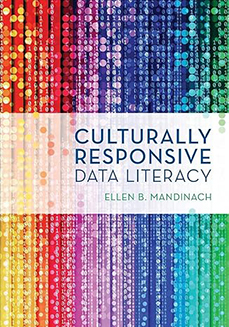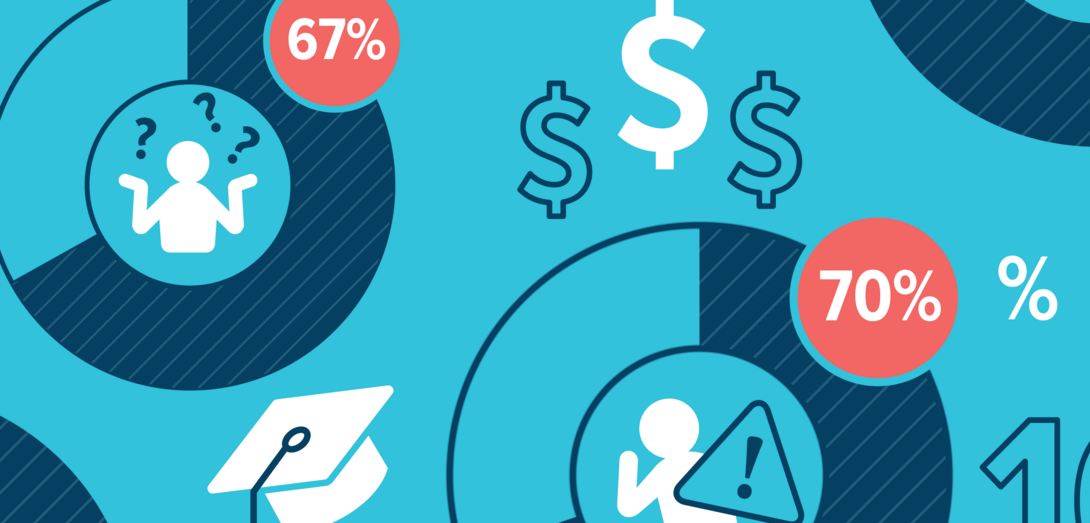Not everyone has access to the same opportunities and resources, whether we look around the province or within an individual school.
Some students come to school ready to learn, equipped with the newest tools they need to complete whatever task their teacher throws their way. Some students show up wanting to learn, but with their attention pulled by a pang of hunger or the pain of thawing fingers — breakfast is scarce this week, and the old mittens are showing their wear.
Socioeconomic disparities appear in multiple ways, including through students’ different levels of access to extracurricular activities, supplementary academic supports (e.g., tutors), and health and wellness supports that could impact learning. Even at-home access to technology and internet varies significantly, affecting a student’s ability to access learning tools and their family’s ability to stay up to date on class and school events.
Such barriers to learning are sometimes mitigated through in-school and community programs that help meet students’ basic and learning needs, with teachers and school leaders often being key to students and families finding the support they need. However, recognizing and respecting diverse socioeconomic backgrounds also serves to support those in our school community.
Socioeconomic privilege: The benefits available to an individual due to their income, education and level of financial security as well as perceptions of class and status based on these factors (socioeconomic status).
Classism: Discriminatory practices and biases, for or against, based on socioeconomic status.
Source: The Canadian Centre for Diversity and Inclusion’s “Glossary of IDEA Terms”

4 ways to help students thrive
1. Be proactive
- Actively facilitate classroom discussions (either planned or organic) to ensure they are inclusive and alert to all students’ needs and backgrounds.
- Consider whether all students have access to the tools and resources — both in class and at home — to participate in the assignment in an equitable way. Are there external supports that can help bridge the gap?
2. Dig deeper
- Nurture the special talents and skills of all students, and create opportunities for everyone to positively contribute.
- Challenge your own unconscious biases. Even as you ensure supports are available, be mindful not to assume what students can and can’t do.
3. Build spaces of support
- Foster a safe and supportive environment where those in the school community feel comfortable discussing their needs.
- Where appropriate, help connect students and their families to community resources.
4. Take a step
- Take professional development focused on enhancing awareness and understanding of socioeconomic diversity.
- Encourage civic engagement from all students to build awareness of social inequities and to encourage students to advocate for themselves.
- Consider ways to extend or enhance inclusive practices in your school community.
Socioeconomic disparity is not always obvious, and the solutions are not easy. However, being more attuned to all facets of diversity helps us build a stronger learning and teaching environment. As teachers and school leaders, we can foster a safe and inclusive environment by taking a mindful approach to how we teach and how we collaborate with those in our school community, taking steps to ensure that all students know they belong.
Socioeconomic disparity is not always obvious, and the solutions are not easy. However, being more attuned to all facets of diversity helps us build a stronger learning and teaching environment. As teachers and school leaders, we can foster a safe and inclusive environment by taking a mindful approach to how we teach and how we collaborate with those in our school community, taking steps to ensure that all students know they belong.
Apply for a Diversity, Equity and Human Rights (DEHR) Grant!
The DEHR grant program sponsors innovative projects that promote the principles of diversity, equity and human rights and that aim to advance knowledge, develop skills and foster inclusive behaviour among students, teachers and the community.
Read more and applyRecommended resource

Culturally Responsive Data Literacy
Ellen B Mandinach
Available through the ATA library.



